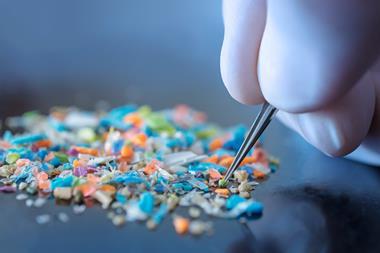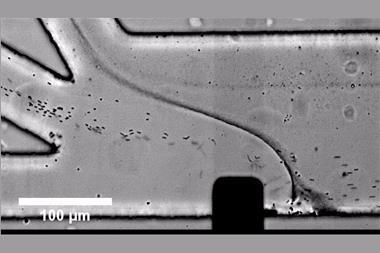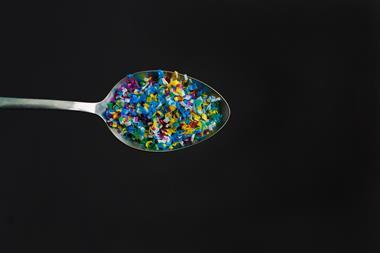North America is falling far behind other regions when it comes to research on the environmental and health effects of microplastics on marine ecosystems, as well as humans, a US research team led by Portland State University has concluded.
The team reviewed recent microplastics studies on commercially-important fishery species and found that the vast majority of the existing literature in this area comes from Europe, Asia, and South America. ‘Far fewer’ studies were conducted in North America. Microplastic exposure has only been looked at in three of the top 10 commercial fish landed in the US and no research has been conducted on Alaskan Pollock at all, despite being the most fished species in the US.
‘Because seafood – both aquacultured and wild-caught – are so important to the human diet and culture, it’s really important to investigate microplastics specifically on our continent and not rely on data from another part of the world because environmental conditions can be very different,’ explained one of the study’s leaders, Britta Baechler.
The main concern with commercial fishery species ingesting microplastics is biomagnification of them up the food chain to humans, but the paper’s authors warn that this area remains understudied. The only report to date that has examined human faeces found that the samples contained up to nine different types of plastic, with polypropylene (PP) and polyethylene terephthalate (PET) being the most common.
Overall, the team notes that only a handful of studies document the presence or absence of microplastics in North American commercial fishery species, but very few have examined microplastics as one of multiple environmental stressors or toxic agents. That area should be among the research priorities for North America, they suggest.
References
B R Baechler et al, Limnol. Oceanogr. Lett., 2019, DOI: 10.1002/lol2.10122

















No comments yet